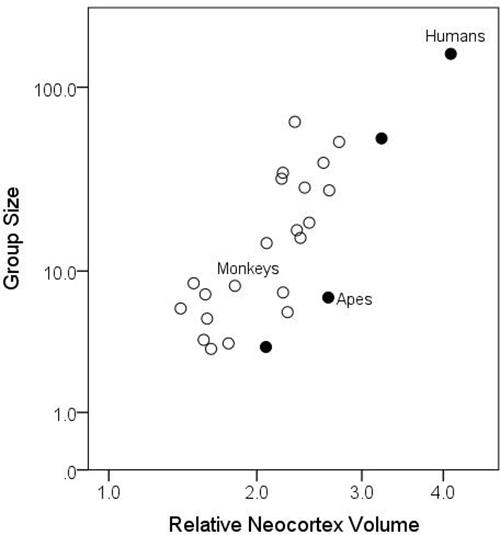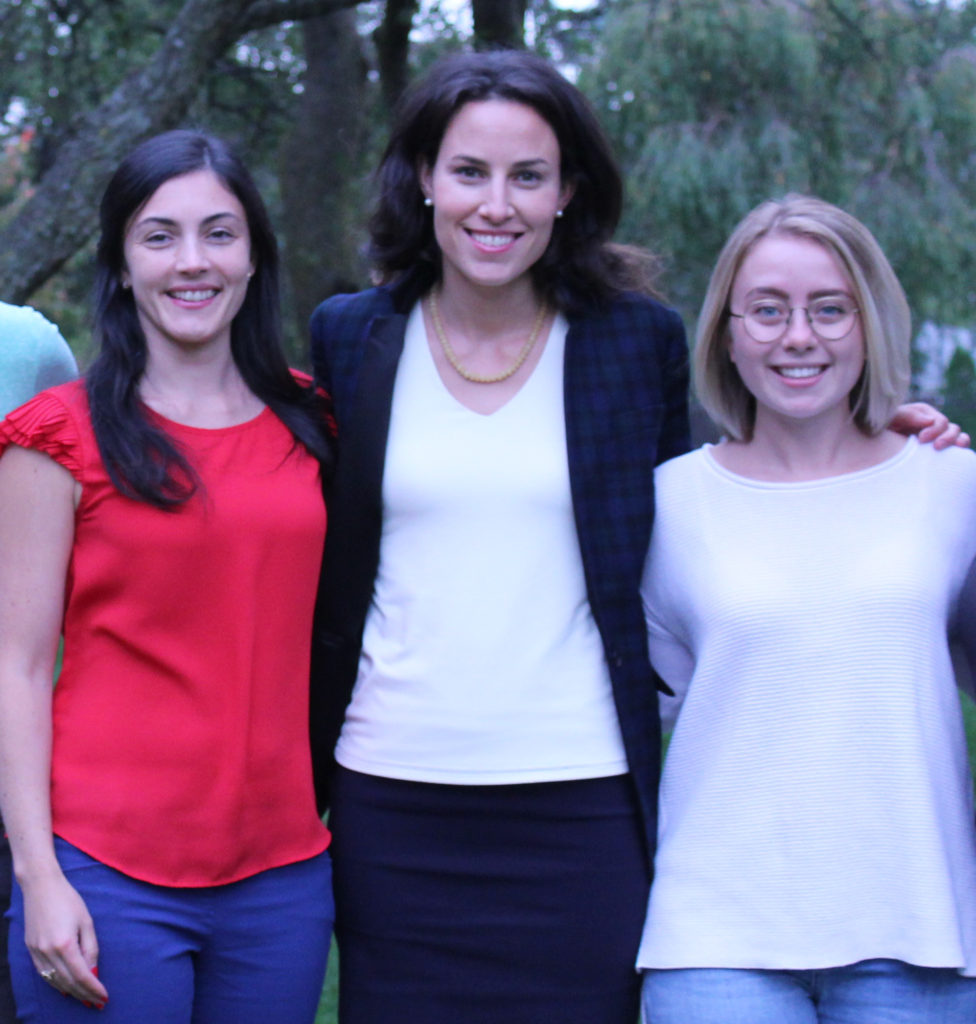“I am an island” (Simon & Garfunkel)
Consider the lyrics from Simon & Garfunkel’s “I am a Rock,”
A winter’s day
In a deep and dark December
I am alone
Gazing from my window to the streets below
On a freshly fallen silent shroud of snowI am a rock
I am an islandI’ve built walls
A fortress deep and mighty
That none may penetrate
I have no need of friendship, friendship causes pain
It’s laughter and it’s loving I disdainI am a rock
I am an island
The overall sentiment of the lyrics is antithetical to the many animals that live in social groups. Sometimes those groups are pairs, such as swans, or large social congregations, like flamingos.
Social living confers lots of advantages, including safety, companionship, foraging, and offspring care. The social brain hypothesis (originally proposed to explain primate intelligence and neocortical thickness or relative brain size) suggests that species living in social groups evolved more complex cognitive abilities to keep track of all of the social exchanges, connections, and relationships. Correlational evidence supports this hypothesis: neocortex thickness is correlated with the average group size of different species, as shown in the image below.

The “Secret of NIMH”
We conduct much of our research for pharmaceuticals, diseases, psychological disorders, and learning phenomena on various rodents, including rats and mice. These animal models rely heavily on the control that laboratory research can offer, including history effects, physiological and hormonal-based sex effects, enrichment effects, and more. Under several different experimental conditions, laboratory animals are run through innovative tests of memory, multitasking, problem-solving, discrimination, and response to novelty. Whether an open-field test, Barnes maze, T-maze, Morris water maze, marble burying test, or discrimination task, each task was developed to evaluate specific types of skills or responses that hypothetically translate to human behavior.
“Playground in my Mind” (Clint Holmes)
Findings from rodent research have demonstrated many behavioral and neuroanatomical benefits depending on housing and access to enriched environments, such as playgrounds. Moreover, various types of exercise increase circulation in the brain, which promotes neuroplasticity in the brain. Before there was an emphasis on welfare for laboratory animals, rodents were housed alone to control as many factors as possible. However, questions emerged about the impact these barren conditions had on experimental outcomes.
Welfare guidelines for laboratory animals have emphasized the need to provide species-specific housing, including the number of animals per cage, bedding material and thickness, enrichment items, human handling, room temperature, ambient noise and lighting, and appropriate light cycles. Researchers are beginning to explore the effect of different types of enrichment, such as human handling, specific types of enrichment items, and social housing.
“Come What May” (Mat & Savanna Shaw)
The article published in Psychonomic Society journal, Learning & Behavior by Heimer-McGinn, Wise, Hemmer, Dayaw, and Templar (a subset of the authors are pictured below) describes attempts to separate the effects of social and physical enrichment on spatial learning and memory in individual adult rats over time.

Previous research produced mixed results, with some studies finding that environmental enrichment improved spatial learning in rats with various impairments (i.e., lesions, aging) but not healthy adult controls. In contrast, other studies found improvements in healthy adults. Heimer-McGinn and her colleagues suggested that the main difference between studies was the number of subjects housed together (equal numbers between conditions, 10 vs. 2, or 8 vs. 5 for socially housed vs. control groups, respectively).
To tease apart this confound, social or physical enrichment, the researchers flipped the typical approach and manipulated social housing instead of the physical environment. Adult rats experienced one of two conditions: social housing (SH, 10 rats in one cage) vs. non-social housing (NSH, 10 rats housed individually but in visual and olfactory access to each other).
The cages were sized proportionately so that the rats in both conditions experienced the same physical enrichment while controlling for available cage space. The adult rats were tested at three life stages: late adulthood (5 months), middle age (14 months), and old age (22 months). Each rat completed the same battery of tests based on the Barnes maze.
As seen in the panel below, in the first task set (Battery 1), rats experienced a standard Barnes maze followed by a variable Barnes maze. The black filled circles represent the correct goal box where fruit loops were located. The rats had eight opportunities to run each type of maze.

A short video demonstrating the task is below. The video shows of a trial of the standard Barnes Maze task with a fixed location. The rat has already learned the location of the goal box, which is why he reaches it so quickly.
[videopress QDzZBBha]
The second task set (Battery 2) maintained the same rules from Battery 1, but the rules changed as the goal box locations had changed in each maze task. Additionally, the researchers conducted a reversal task to determine if the rats could successfully find a new goal box following their experience with the original location during the standard Barnes maze. This task sequence was duplicated in the final task set, with the goal box changing locations again.
The researchers found that socially housed rats learned the task set in the standard and variable location versions of the Barnes maze faster than the non-socially housed rats. The socially housed rats were also slightly faster at the reversal learning task. Social housing did not affect their spatial memory knowledge across the three tested ages. Interestingly, the socially housed rats implemented a serial search strategy more quickly than the non-socially housed in the standard Barnes maze and continued to use this strategy with fewer errors under the variable Barnes maze conditions.
The authors concluded that social housing improved learning facilitated flexible thinking given the changing task demands and the inability to use previously acquired specific knowledge about the environment (i.e., the goal box was two holes over from the light).
By demonstrating that social housing confers an additional advantage in cognitive flexibility and the use of efficient search strategies, Heimer-McGinn and colleagues have begun to disentangle the effects of social enrichment from physical enrichment for adult and aging rodents. This animal model may translate to humans such that healthy adults who are already active could enhance their cognitive well-being if they were also social.
I can’t help but think of Justin Timberlake and Anna Kendrick from the animated musical-comedy movie, “Trolls” where they remind us to find our favorite partner and – dance, dance, dance . . .because “We Can’t Stop the Feeling.”
Psychonomics article focused on in this post:
Heimer-McGinn, V. R., Wise, T. B., Hemmer, B. M., Dayaw, J. N., & Templer, V. L. (2020). Social housing enhances acquisition of task set independently of environmental enrichment: A longitudinal study in the Barnes maze. Learning & Behavior, 1-13. https://doi.org/10.3758/s13420-020-00418-5

